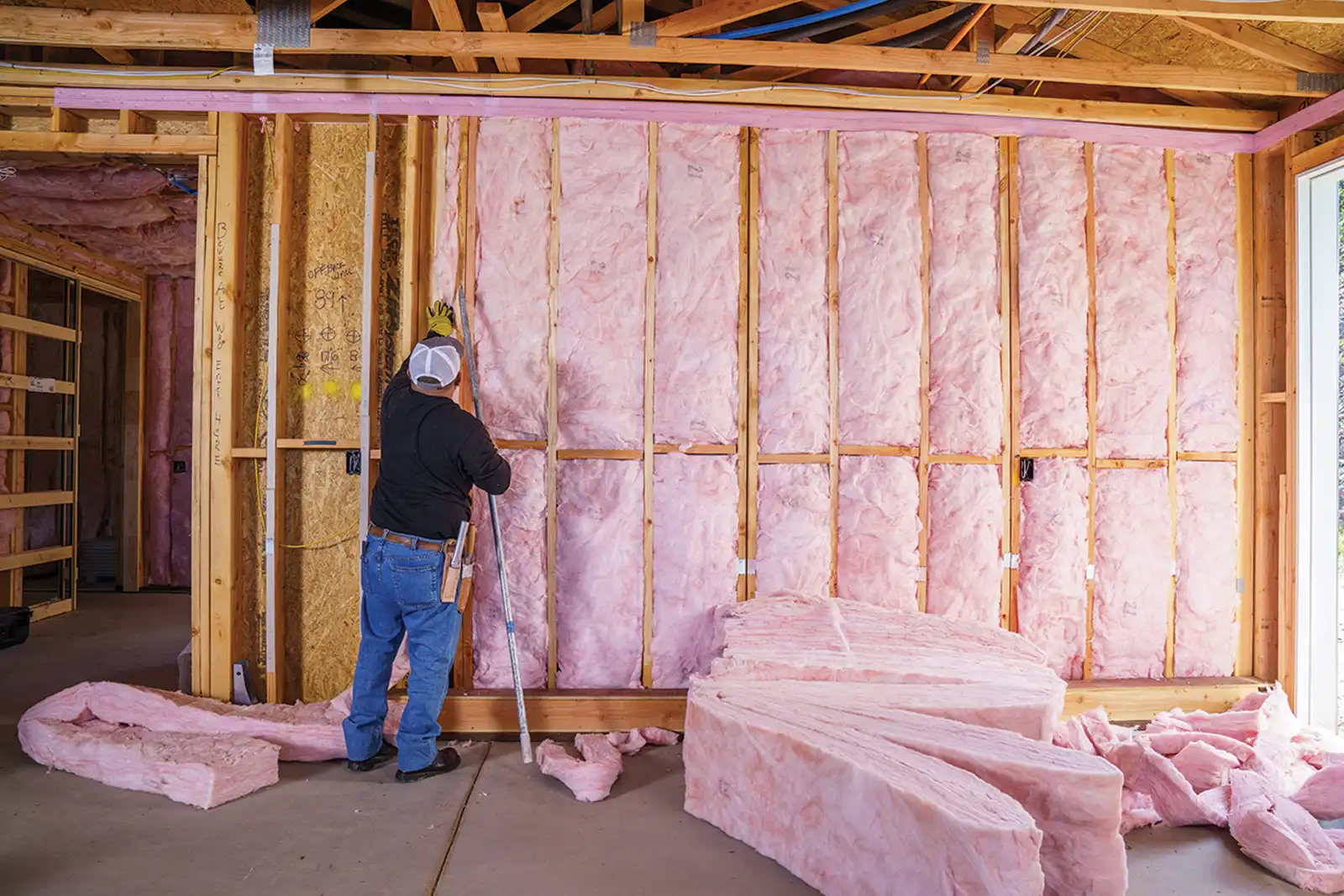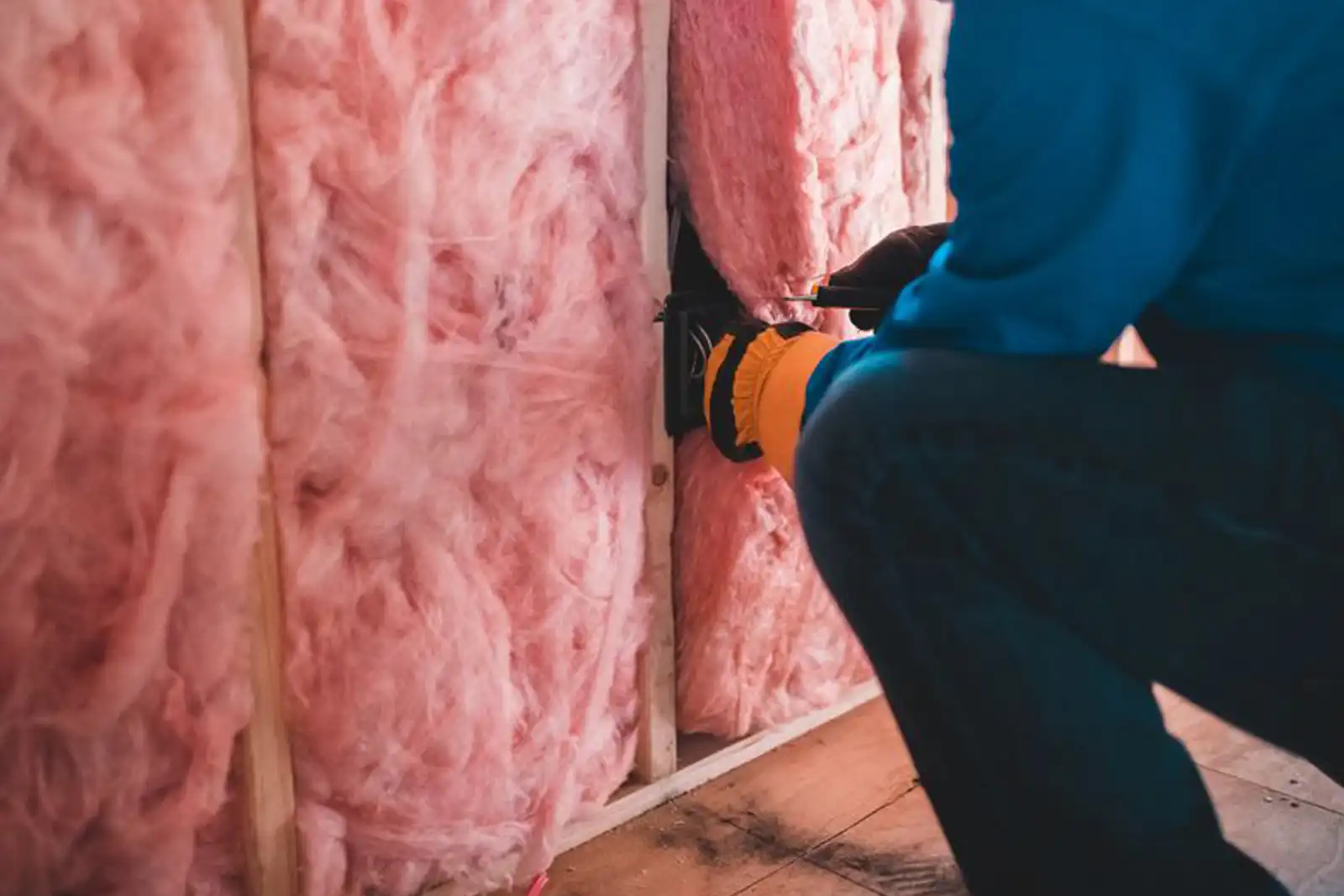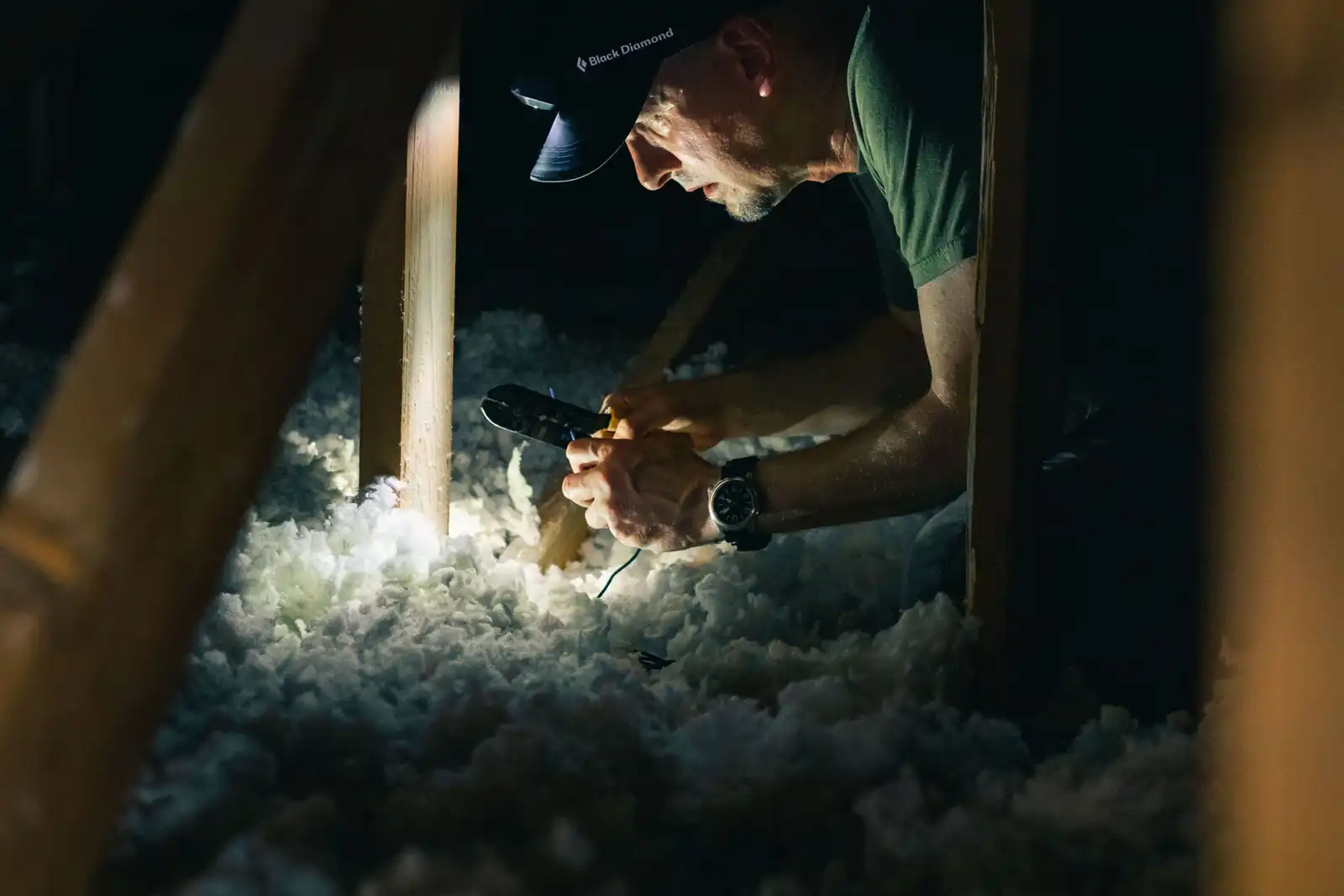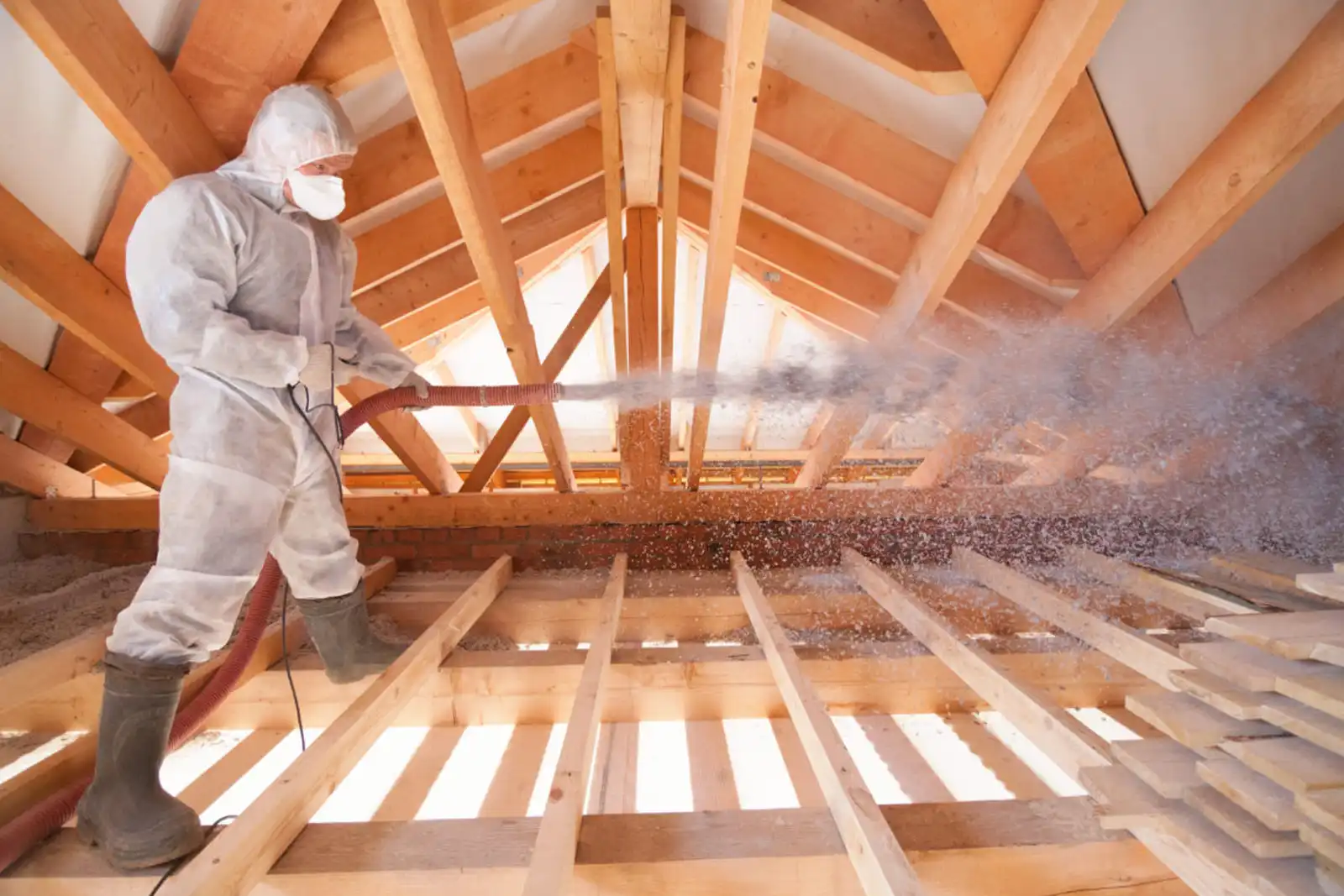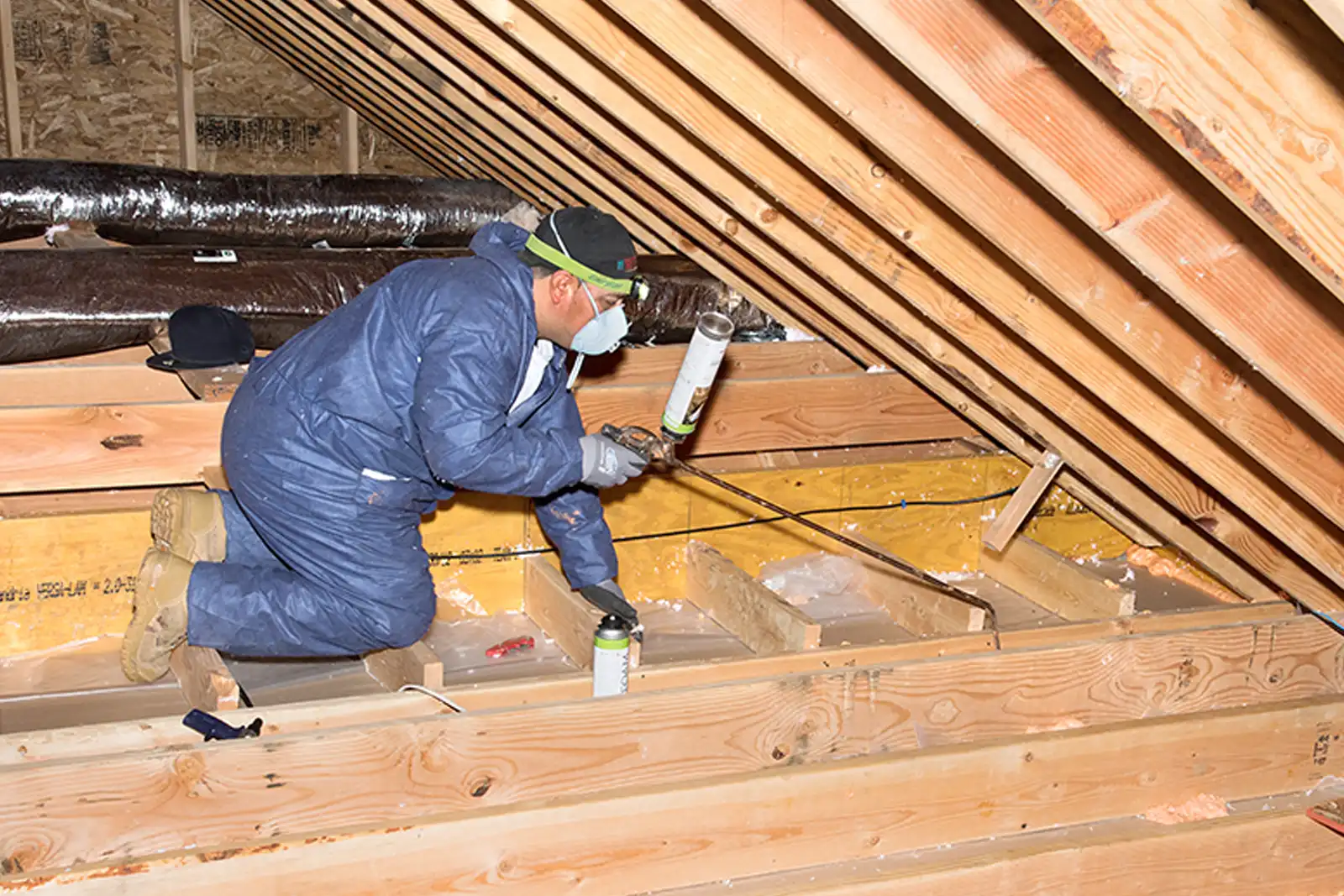Insulation Removal
Insulation removal is the process of safely taking out old, damaged, or contaminated insulation to make way for new, more efficient materials. Over time, insulation can lose effectiveness due to age, moisture, pests, or debris buildup. Professional removal ensures the job is done cleanly and safely, using specialized equipment to protect your home and indoor air quality. Once the old insulation is cleared, the space is thoroughly cleaned and prepared for a fresh installation that restores comfort and efficiency.
Insulation Removal
